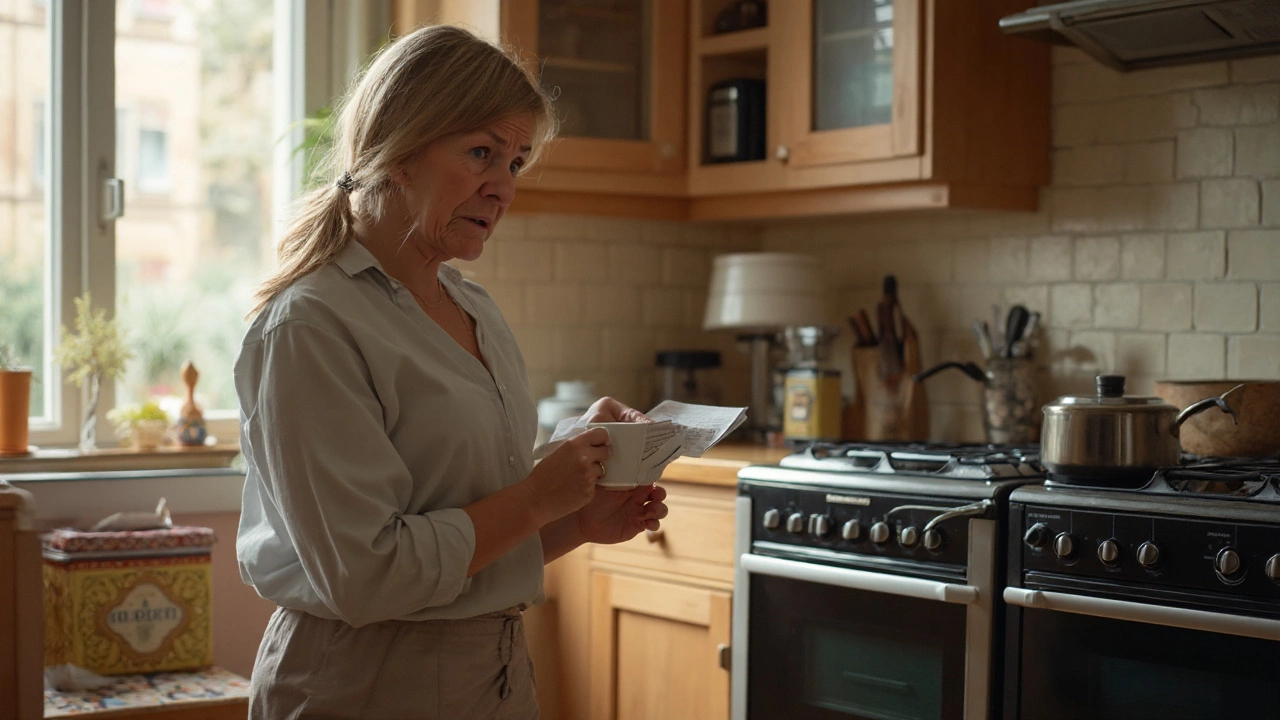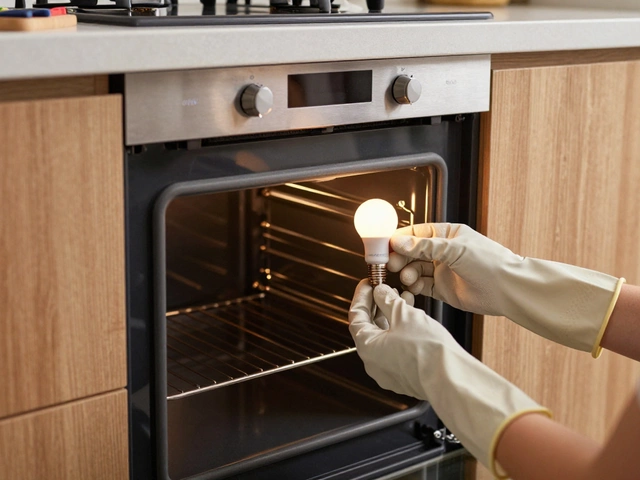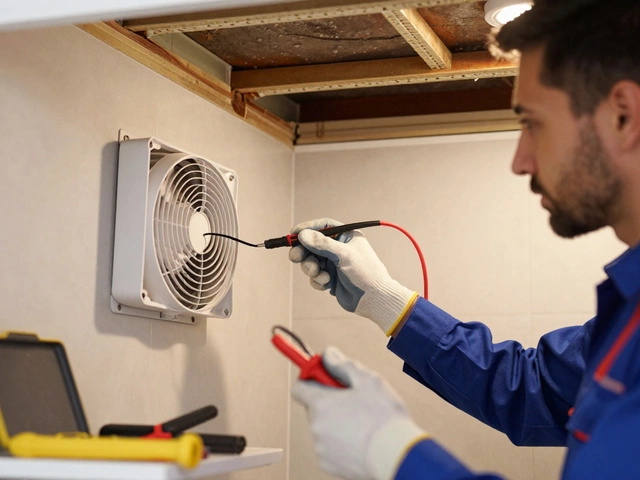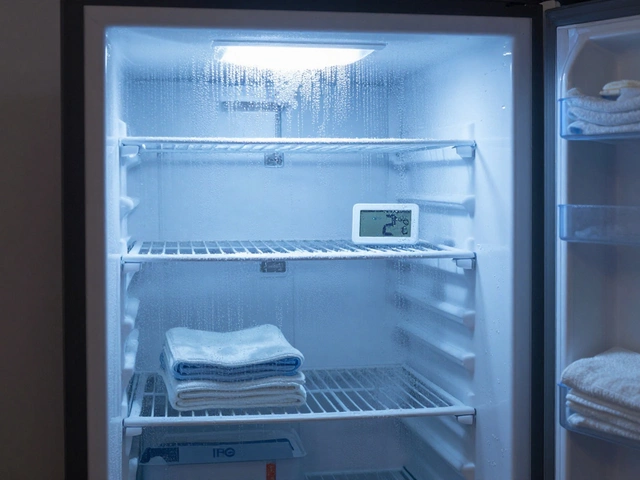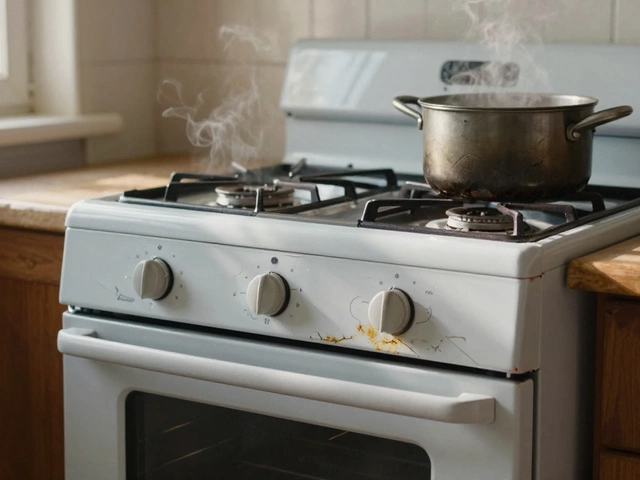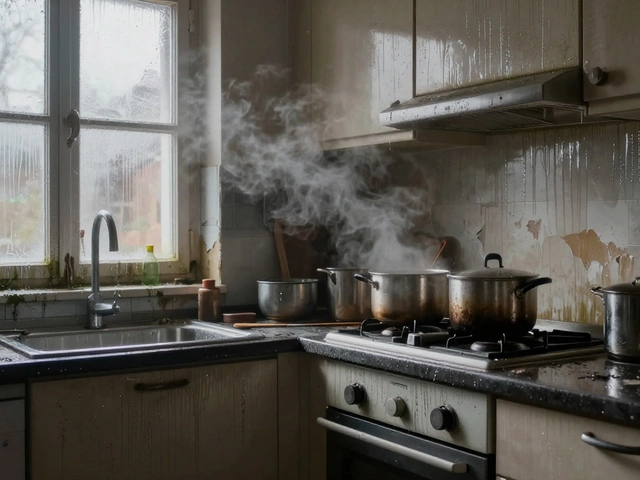Picture this: you’re prepping dinner after a long day, the oven clicks on, and… nothing. Or maybe the temperature spikes so much your chocolate chip cookies end up like charcoal discs. Annoying, right? Here’s the plot twist: it’s probably not the element or your wiring—it’s the oven control board.
Oven control boards aren’t some secret insider thing. They’re the brain of modern ovens, the command center that gets your food cooked just right. But when they go haywire, you’re hit with a tricky choice: Should you shell out for a new board, fix what you have, or just buy an entire new oven? This isn’t small change either—the stakes are higher than you might think. Let’s crack into what’s really behind oven board failures, what you can expect in costs and fixes, and how to know if replacing the board is truly the smart call. No fluff, straight-up facts, and a few genuine tips from Wellington kitchens and beyond.
What Actually Goes Wrong with Oven Control Boards?
First up, how do these boards work, and why do they fail? Most home ovens built in the past fifteen years use electronic control boards to manage heat, timing, and sometimes even those fancy self-cleaning cycles. The control board regulates everything from your bake temperature to display lights and sounds. It’s a flat circuit board holding microchips, resistors, relays, and small switches—all waiting for your finger to press “Bake” or “Grill.”
But life in a kitchen isn’t gentle on electronics. Picture the constant waves of heat, the chance splash of liquid, a sudden thunderstorm power cut, or just shoddy power surges. These boards are tough, but not invincible. Oven control board issues usually kick off with signs like:
- A completely unresponsive oven—dead buttons, blank displays.
- Wildly inconsistent temperatures—not because your recipe’s dodgy, but because the control board’s temperature sensor is off.
- Error codes or random beeping, even when nothing’s wrong with door seals or hardware.
- Oven stuck on one temperature, refusing to shut off, or won’t start a cycle.
- Annoying flickers in lights or displays, even when you’re not cooking.
Electronic boards, despite their smarts, are often built for low cost to keep oven prices down. This means cheaper solder joints, cheap capacitors, or poorly shielded circuits. The harsh truth? Most don’t outlast the rest of the oven. It’s not uncommon for a perfectly good heating element or convection motor to keep chugging away while the board dies in under a decade.
Want hard numbers? A 2024 survey from New Zealand appliance repair shops found that nearly 64% of unexpected oven failures were due to board issues, not classic burnouts. If your oven’s old enough to be getting school letters, the board’s risk climbs each year. Sudden power surges from spring thunderstorms—something Wellington’s absolutely no stranger to—cause a good chunk of these failures, too, even with built-in fuses.
Here’s a quick look at why these boards get knocked out so often:
| Main Cause | Estimated Share of Failures |
|---|---|
| Power Surges | 32% |
| Heat Exposure | 21% |
| Moisture/Inadvertent Spills | 18% |
| Cheap Components | 14% |
| Physical Wear/Accidental Damage | 10% |
| Other | 5% |
Got a board that’s misbehaving? Don’t hit panic yet—some symptoms (like unresponsive buttons) can be caused by loose wiring or stuck membrane switches. Always check your circuit breakers and power outlets before pinning blame on the board. But if you’ve ruled out the rest, board failure’s looking likely.
Cost Breakdown: Replacement, Repair, or a New Oven?
Here’s the terrifying bit: Replacing an oven control board isn’t as cheap as swapping a battery in your remote. Brand and model matter, but you’re looking at $120 NZD on the very low end for a generic board—often up to $400 NZD for some of the big names like Bosch, Fisher & Paykel, or Electrolux. Then there’s the fun twist: labor.
If you can DIY, you might save on labor, but most of us don’t fancy wrestling an oven out of a tight spot and fussing with fragile connections. Professional repairs in Wellington tend to run $150-$250 NZD for labor, on top of parts. So, in plain numbers—replacing a control board often costs between $300 and $600 NZD, especially if your oven is less than ten years old and is a popular brand.
Let’s see how those costs stack up:
| Fix Option | Yearly Average Cost (NZD) |
|---|---|
| New Control Board (Parts + Labor) | $400 |
| Used/Refurbished Board | $180 |
| DIY Board Repair (Parts Only) | $120 |
| Brand New Oven (Installed) | $1200+ |
It feels rough paying half the price of a basic new oven just for a control board. But if the rest of your oven is in good shape, it often makes sense to stick with a board swap rather than tipping the whole unit into landfill. Don’t forget: newer ovens aren’t always better made. Some even use the exact same boards as last year’s models, only with a shinier nameplate and some extra Wi-Fi features you might never use.
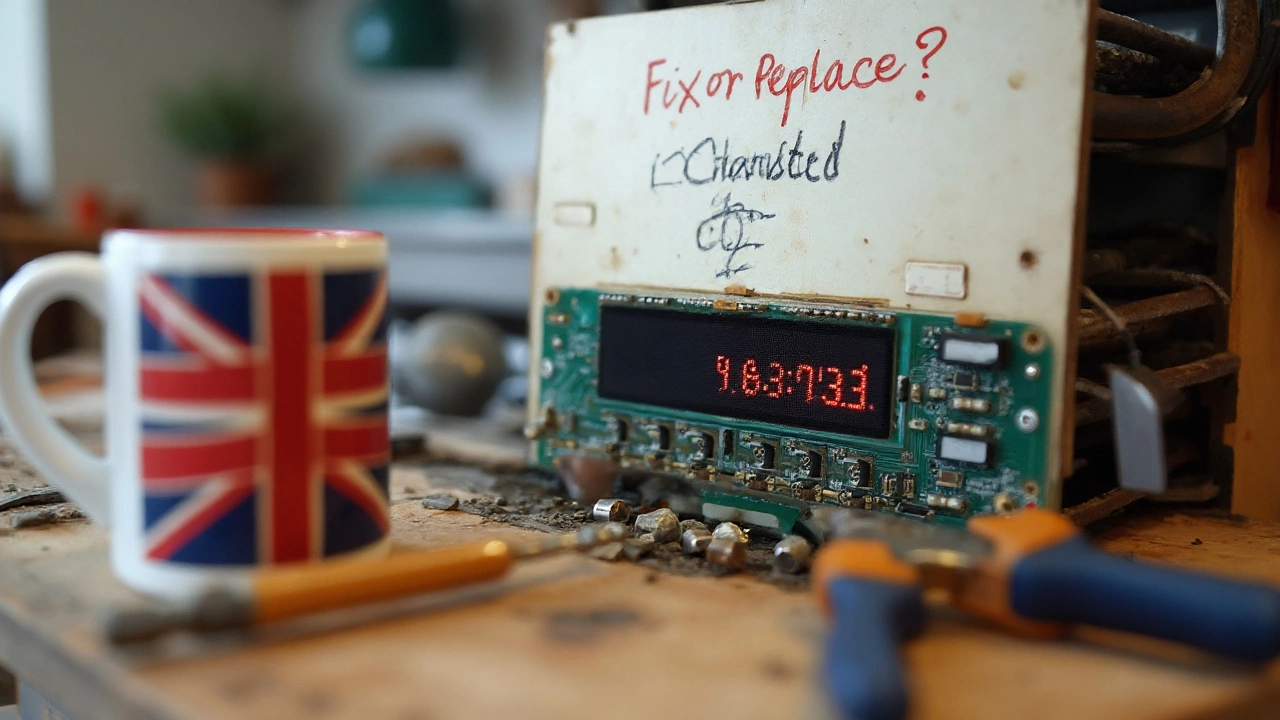
Is Repairing the Oven Control Board Worth It?
This is where it gets interesting. You’re faced with three options: pay for a new board, try to have your existing board repaired, or toss in the towel and buy a new oven. So, which makes sense? Most of the time, if your oven’s less than 15 years old and the heating elements, fans, and doors are fine, people in Wellington lean toward the board replacement or repair route. Here’s why:
- Newer Ovens: If you’ve splashed out for a decent oven less than five years ago, a control board replacement keeps your warranty active, is usually cheaper than a new oven, and can stretch your investment another decade.
- Mid-life Ovens: For ovens between 5-10 years old, especially solid brands like Westinghouse, Bosch, Electrolux, or DeLonghi, swapping the board keeps a robust unit in service, saving both cash and landfill space.
- Older Ovens: Once the oven’s pushing fifteen or if other parts are sketchy (dodgy seals, rusted racks, poor heating), you might be better off going new—especially if you want better energy efficiency or neat new features like steam baking.
Repairing the board itself—rather than outright replacing—enters the picture if you’re handy or have access to a good electronics workshop. Sometimes it’s just a failed relay or a burnt-out capacitor. If you’re brave, sites like iFixit or YouTube have surprisingly detailed guides for board-level fixes. A good local repair shop may take on board repairs for $80-$150 NZD, often sourcing old but genuine parts.
What about used or salvaged parts? Some Wellington repair outfits keep a stash of boards stripped from ovens with dead heating elements. If you don’t mind reused gear, you can occasionally score working boards for a quarter of the new price. Just make sure it’s the right model, as those part numbers can be finicky.
Tips Before You Spend: What to Check, and DIY Moves
Before you reach for your card, there are a few things worth checking. You might be able to dodge the big bill with a little troubleshooting.
- Confirm the Problem: Double-check power at the outlet, inspect for blown fuses (most ovens hide them behind a back panel). Sometimes a faulty keypad, selector switch, or thermal cutoff presents just like a board failure.
- Run the Error Code: If your oven flashes a code, look up the manual—most major brands list what the codes mean online. Not every beep and flash means a dead board.
- Inspect for Burned Smell or Charring: Pull the oven out and look for burnt marks on the board. You’ll see blackened patches near relays or capacitors if there’s been a serious surge.
- DIY Fixes: If you’re handy, you can solder a burnt relay or swap out a bulging capacitor. Just unplug the oven first. Decent YouTube guides exist for common models, but don’t touch mains voltage if you’re not confident.
- Hunt Down Used Boards: Local repair shops or Facebook groups sometimes sell salvaged boards. Bring your original part number as models change shape every year.
One practical tip: Always surge-protect your kitchen appliances. One $30 surge suppressor can save you $400 in board replacements. In Wellington, where the weather can flip in five minutes, power spikes are more common than you think.
Here’s a final useful pointer—if your oven is still under warranty, don’t even think about opening it or going with third-party parts. Call the maker first. Most reputable Kiwi brands cover boards for a few years if the oven is registered.
So, is it worth replacing an oven control board? Most days, if you’ve got a good oven and the rest is humming along, yes. Replace or repair the board. If you’re dealing with a dinosaur that’s chewing power and cooking unevenly, or if the repairs cost more than half a new oven, maybe it’s time for an upgrade. Either way, don’t let one dead board force you into tossing a perfectly decent oven—know your options and crunch the numbers.

